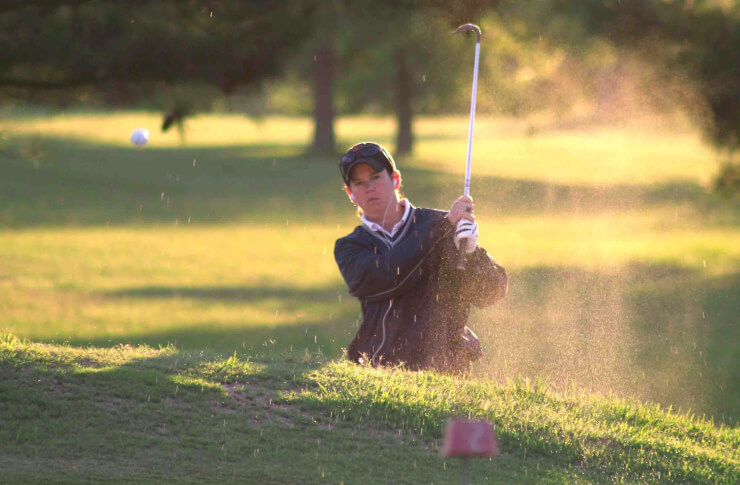
Much has been written over the years about the importance of chipping and I am certainly an advocate of learning to chip to improve your scores, although my thoughts about how to go about it may differ from many coaches.
The short game, broken down into 4 sections; putting, bunker play, chipping and pitching is all about a person’s imagination, how they see shots and how they can correctly choose the best option given the circumstances.
Technique is certainly a big part of a person´s ability, but the technique is not the whole story and is something that, unlike imagination can be taught.
That said, if you begin to change the way you think and practice more proactively around the green you will build your imagination and repertoire of shots.
From all the clients that I work with I always see a pattern that is hindering their chances of developing the necessary imagination to excel around the green.
The pattern is simple, they use the same club for each shot, regardless of the distance or the situation in which they find themselves, or they reach for the putter.
It is this reliance on two clubs that is causing the majority of the problems amateur golfers face when chipping.
For the worst offenders I ban them from using these clubs for a period of time. (They can use them if playing a competition).
The reason I ask them to use another club and avoid the habitual selection is to improve their imagination with the most basic of shots they will face.
Without this need to be able to imagine a different way of playing the basic shots, there is very little chance of them changing their ingrained habits.
As with all aspects of golf coaching, the breaking of habits and replacing these habits with new thought processes is paramount.
So if you fall within the criteria of always reaching for the same club, then you need to change your habits.
I will take this back to the basics, as if I was teaching a complete novice.
You want to first take a few balls to the edge of the green and pick a hole. Now instead of chipping or putting them to the selected hole I want you to throw them, see how close you can get, watch how they reached the target. What was the flight like, did you alter the flight to get a better result than with the previous attempt? Did you see how the ball reacted?
This is all part of building imagination.
You throw a ball instinctively, but watching how it reacts teaches you the different reactions you would get if you were using a different club.
Question yourself as you are performing this task and notice how much more information you can glean from a simple exercise, an exercise that when transferred to chipping with clubs is invaluable to your development.

Recent Comments